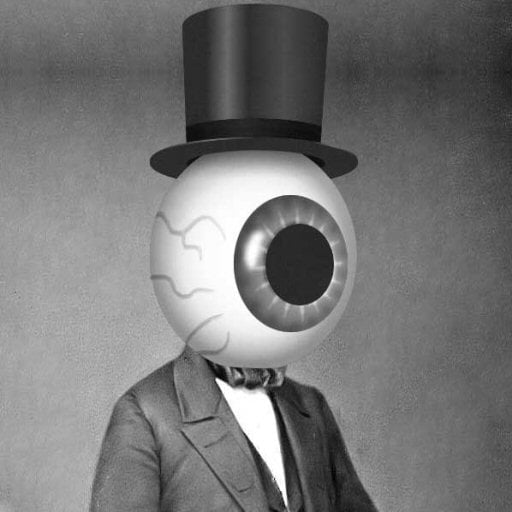Hello! I’d like to print food safe objects to use in the kitchen, like spoons and glasses and so on. Looking on the web it seems that the problem with 3d printed objects is that the space between layers is like bacteria’s heaven, so after one use you have to throw them away. The only way I found on the web is “coat with resin”, but I don’t like this very much, as scratches can remove the coating. also “print a negative and use it like a stamp” seems like too much work for a simple spoon.
so the question is, what if I use a filament that can go into the dishwasher, so I can clean it with boiling water? the web didn’t help me much on this, as I found different opinions on the matter: some people said that PETG could go in the dishwasher, some said no.
what is the real answer? can I 3d print PETG objects, use them, put them in the dishwasher, and then safely reuse them?
The problem has multiple facets. Geometry is only one.
- Cleanable geometry. Already discussed.
- Additives in the plastic. Many plastics won’t have been made around food safe equipment or may even have bad additives. Most 3D printing plastic isn’t pure because most pure plastics don’t print ‘that’ well (well, not as easily). They aren’t expecting anyone to eat the plastic, so most make zero effort to keep unsafe (to eat) additives.
- Temperature. Many of the easily printable plastics soften to the point of wilting below 100C. Sure, it won’t crop up often, but put a large thin thing like a bowl in there, and I’d be surprised if it came out of a drying cycle unwarped.
- Plastic around food. Most printed plastic is much softer than plastic utensils (not necessarily the “disposable” sort) at the store. There WILL be microplastics in your food with printed goods. (hell, depending on the task, plastic isn’t a good idea even in many of the products at the store!) Plastic may be non-toxic, but so is asbestos. Asbestos is not chemically dangerous, yet it was outright banned, and doctors do not have a good idea what the presence of microplastics does.
You’ve got a point, i didn’t think about it! Thanks for the answer!
can I 3d print PETG objects, use them, put them in the dishwasher, and then safely reuse them?
No.
The glass transition temperature (the temperature where plastic starts to become malleable) of PETG is 85°C, so if you put a PETG spoon in boiling water, it would deform and become pretty useless. However, if you used a high temperature plastic with a glass transition point above 100°C, you might be able to get away with this method.
Also, just to clarify, a dishwasher does not get to 100°C. You could use it to get the initial food off, but you would then need to boil the utensils manually on a stove to actually sterilize them.
You can sanitize at boiling, and far below that too. For actual sterilization, you’d need to be above boiling using something like an autoclave or pressure cooker.
I’ve never tried petg in the dishwasher, I’d guess I’d probably deform something thin, but I don’t know. Putting it in the dishwasher won’t be enough to clean it though, you’d need to boil it for a while. A dishwasher won’t get hot enough to kill the bacteria growing in the recesses.
Most 3d printed materials, including petg, won’t have a glass point high enough to boil them.You’d need to keep it in boiling water long enough to raise the temperature of the innermost recesses. Basically, there isn’t any good resource for food safe 3d printing because it’s just not worth the effort.
If you do want to do it, you’d need to make sure: you have food safe filament that can withstand boiling temperature without softening, your printer can get hot enough to print that filament, your print head/nozzle is made out of food safe components, and you boil it for a while after every use.
Resin coating can lower the temperature requirements because of being able to clean it normally. But you still need to make sure you have food safe filament and print head.
Some dishwashers do get hot enough, having options specifically for sanitizing during a cycle. It’s essentially Pasteurization which factors in not just temperature, but also time. While flash Pasteurization requires high temperature, longer times at lower temperatures can effectively kill harmful microorganisms.
Thanks for the detailed answer! I have to give up then :(
That’s what soap is for. It’s no worse than any plastic bowl or whatever you use, scratch, and put in the dishwasher.
Nah 3d prints are porous, so it’s basically impossible to properly clean them by washing.
There is no such thing as food safe plastic
To even approach food safety you’d need to do the following
- Use a material with a higher glass transition temp than PETG that is also a food safe plastic. You really need to be able to wash in HOT water. I’m not sure if PC blends are food safe, but if they are that might be the way to go.
- Ensure that EVERYTHING in your filament path is food safe. E.g:
- No toxic lubrication in the feeding mechanism
- No possible contamination from other filaments: never use that hot end for anything else.
- The nozzle and meltzone are made of food safe materials with food safe production (many brass things end up contaminated with lead)
- Seal or smooth: Its not just layer lines. As the plastic cools it will form microcrazing (tiny cracks) that serve as an ideal place for bacteria to hide during washing/sanitizing. Even if you use a material that can go in the dishwasher if those cracks are still there you’ll still end up loaded with bacteria/fungi/mold.
Nonoilen filament printing is what you’re looking for.
It’s a pain to print with and I suggest you just don’t print food safe objects.
Now I want to print molds and make carbon fibre cutlery just for shits and giggles.
You could investigate PVB which can be smoothed. It does soften at a low temperature though so you can’t cook it or wash it in the dish washer. If it’s well smoothed you can wash it with warm water and soap though.




